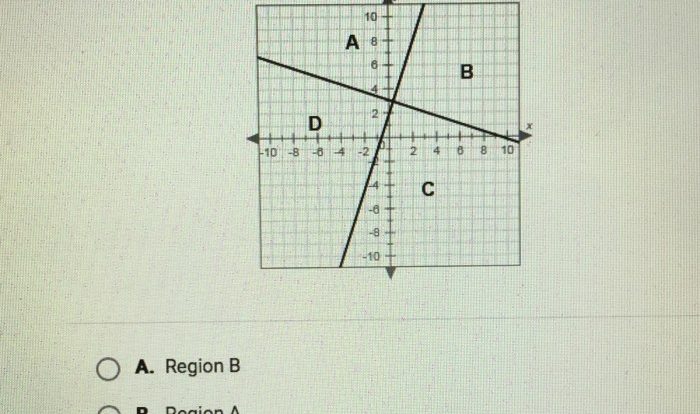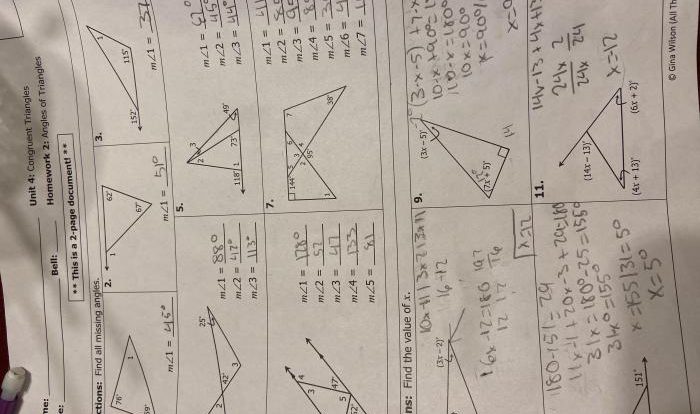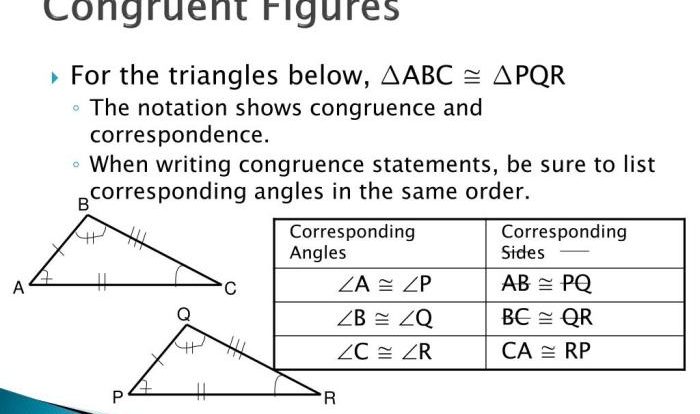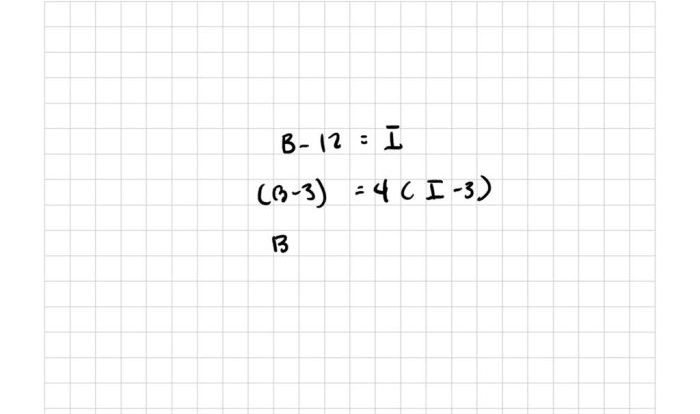Find the area inside the oval limaçon – The oval limaçon, a captivating curve defined by polar coordinates, invites us on an intriguing mathematical journey. This comprehensive exploration delves into its equation, properties, and the captivating formula for calculating the area it encloses. Through step-by-step demonstrations and real-world applications, we unravel the secrets of this enchanting curve.
Beyond its intrinsic mathematical beauty, the oval limaçon finds practical applications in engineering and design, where its unique shape offers valuable insights and solutions. Join us as we delve into the fascinating world of the oval limaçon, uncovering its historical roots and exploring its connections to other mathematical concepts.
1. Limaçon Curve

The limaçon curve is a plane curve defined by the following polar equation:
r = a + b cos(θ)
where aand bare constants. The curve has a distinctive shape that resembles a limaçon, or snail shell. Depending on the values of aand b, the limaçon can take on different forms, such as a cardioid, an inner loop, or an outer loop.
2. Area Inside the Oval Limaçon
The area enclosed by the oval limaçon can be calculated using the following formula:
A = (π/2) (a² + b²)
This formula can be derived by integrating the area under the curve over one complete period.
3. Applications of the Area Formula: Find The Area Inside The Oval Limaçon
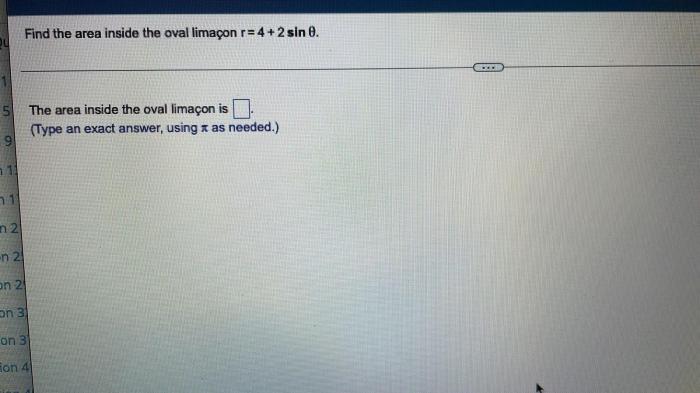
The area formula for the limaçon curve has applications in various fields, including engineering and design. For example, it can be used to calculate the area of a fan-shaped region or the area of a petal on a flower.
4. Related Concepts
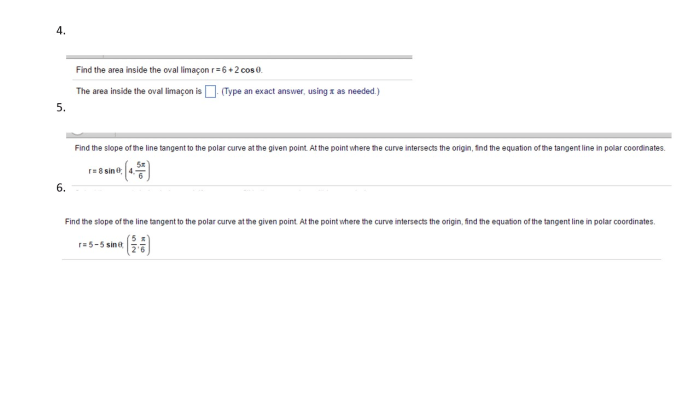
The limaçon curve is defined using polar coordinates. Polar coordinates are a system for representing points in a plane using their distance from a fixed point (the origin) and the angle they make with a fixed axis.
Other types of curves that can be described using polar coordinates include the circle, the ellipse, and the parabola.
5. Historical Background
The limaçon curve was first studied by the Italian mathematician Vincenzo Viviani in the 17th century. Viviani discovered many of the properties of the curve, including its area and its relationship to other conic sections.
The limaçon curve has been used throughout history in various fields, including astronomy, architecture, and design.
Question Bank
What is the equation of an oval limaçon?
r = a + bcos(θ)
How is the area inside an oval limaçon calculated?
Area = (1/2)∫[a(1+cos(θ)) + bcos(2θ)]^2 dθ
What are some real-world applications of the oval limaçon?
Engineering design, acoustics, and decorative patterns
